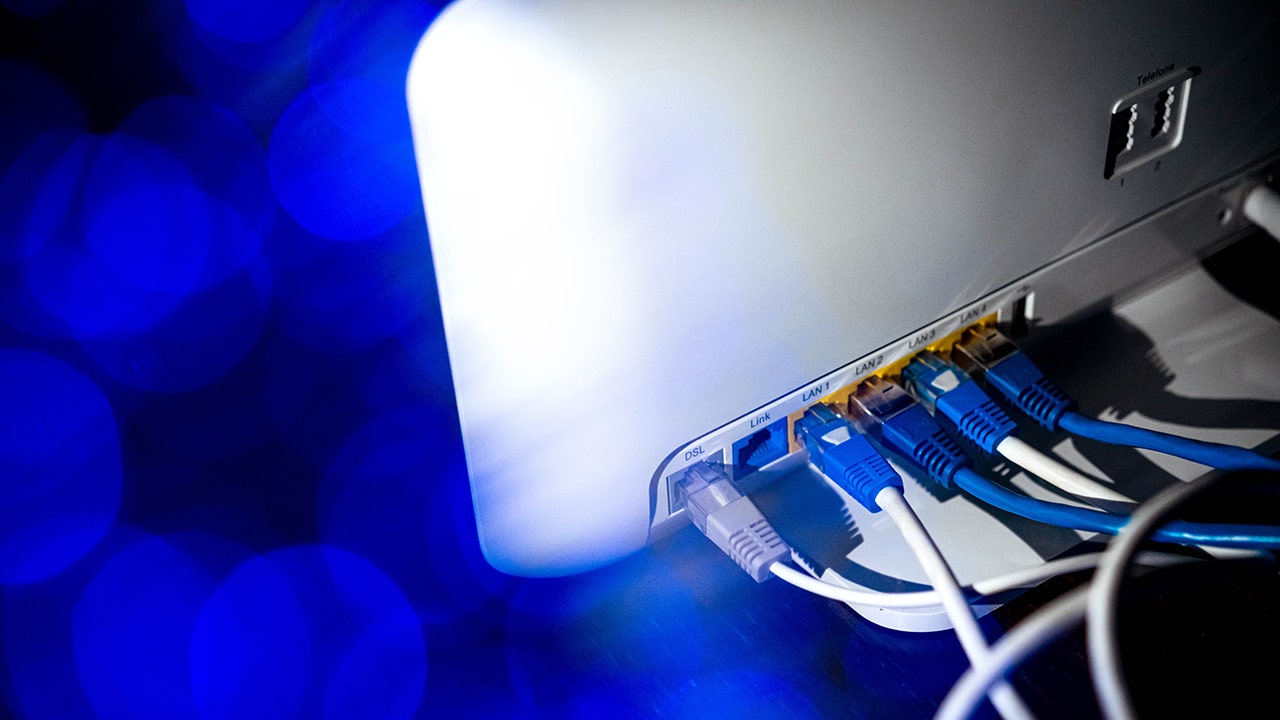How to secure your aging Apple Mac with essential protection methods

In today’s digital age, it’s important to keep your Mac computer secure, especially if it’s an older model that may not receive regular security updates. While Macs are generally considered more secure than Windows PCs, they are not immune to threats. Here are some tips to help keep your aging Mac safe and running smoothly:
1) Keep your older Mac up to date: Even if your Mac no longer supports the latest macOS version, Apple often releases security patches for older versions. Make sure you’ve enabled automatic updates to ensure your device is protected.
2) Update your apps and browsers: Make sure your apps, especially web browsers, are up to date. Most browsers have their own update systems independent of macOS, so it’s important to keep them current to avoid vulnerabilities.
3) Strengthen password protection: Use a strong password for your Mac and consider using a password manager to generate and store complex passwords. Avoid using simple combinations or personal information in your passwords.
4) Enable two-factor authentication (2FA): Add an extra layer of protection to your accounts by enabling 2FA. This will help prevent unauthorized access even if your password is compromised.
5) Install strong antivirus software: While Macs have built-in security features, installing third-party antivirus software can help fill in the gaps and protect your device from malware and phishing scams.
6) Turn on FileVault to encrypt your data: FileVault can encrypt your entire hard drive, protecting your data in case your device is lost or stolen. Make sure to turn on FileVault to keep your information secure.
7) Use a VPN: Secure your internet traffic by enabling a VPN to encrypt your data in transit. A reliable VPN is essential for protecting your online privacy and ensuring a secure connection.
8) Remove unused apps and system extensions: Delete any old or unused apps and disable outdated system extensions to reduce vulnerabilities on your Mac.
9) Use a limited (non-admin) user account for everyday use: Running as an admin increases your risk, so create a standard user account for everyday use to limit the damage malware can do.
10) Back up your data regularly: Make sure to back up your data regularly using Time Machine or a cloud backup provider to protect your information in case of a system crash or malware attack.
By following these tips, you can keep your aging Mac secure and protected from common threats. Remember, regular updates, strong passwords, and additional security measures are key to keeping your device running smoothly in today’s digital world.




